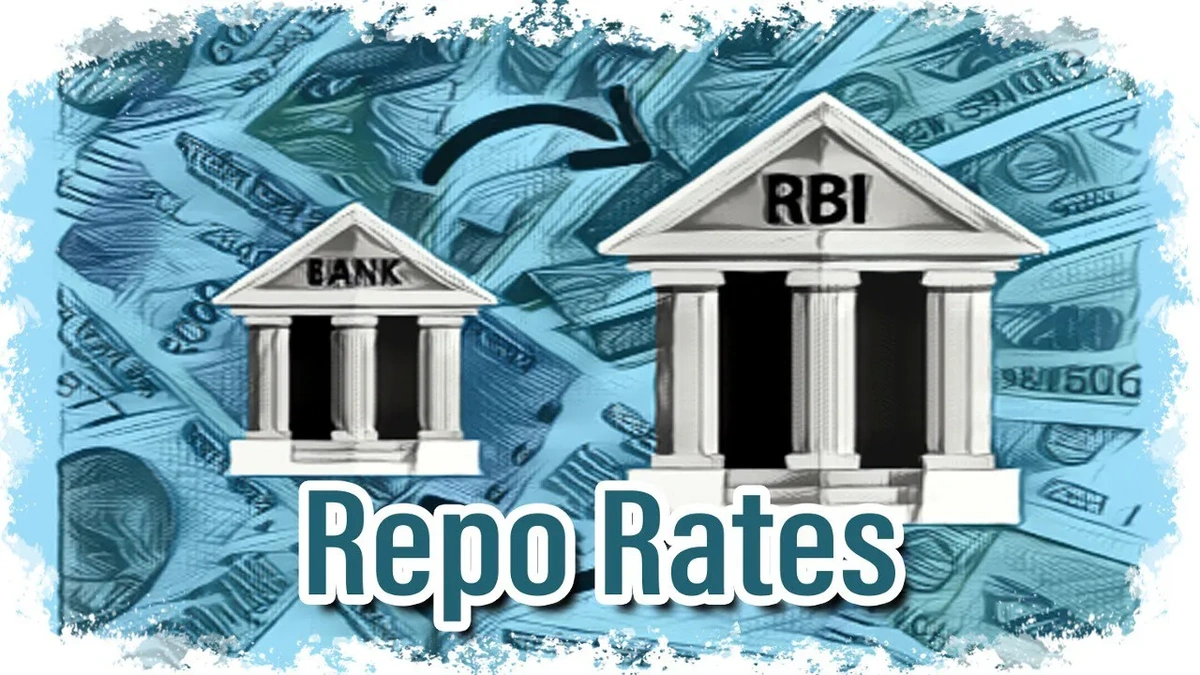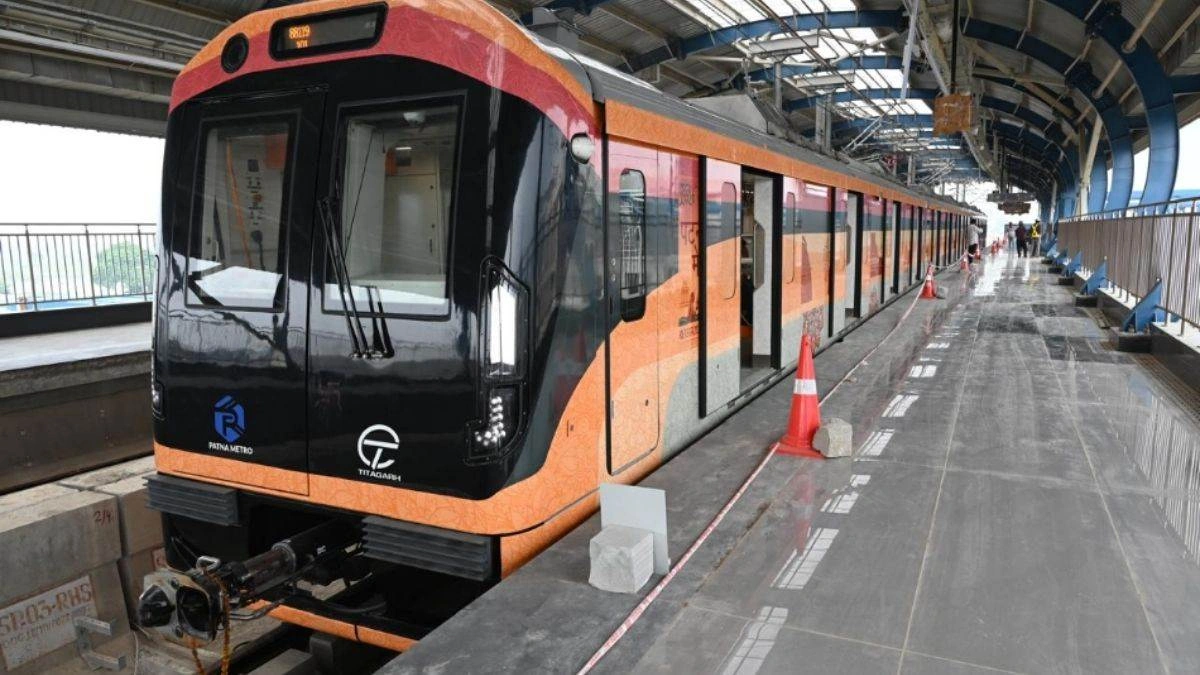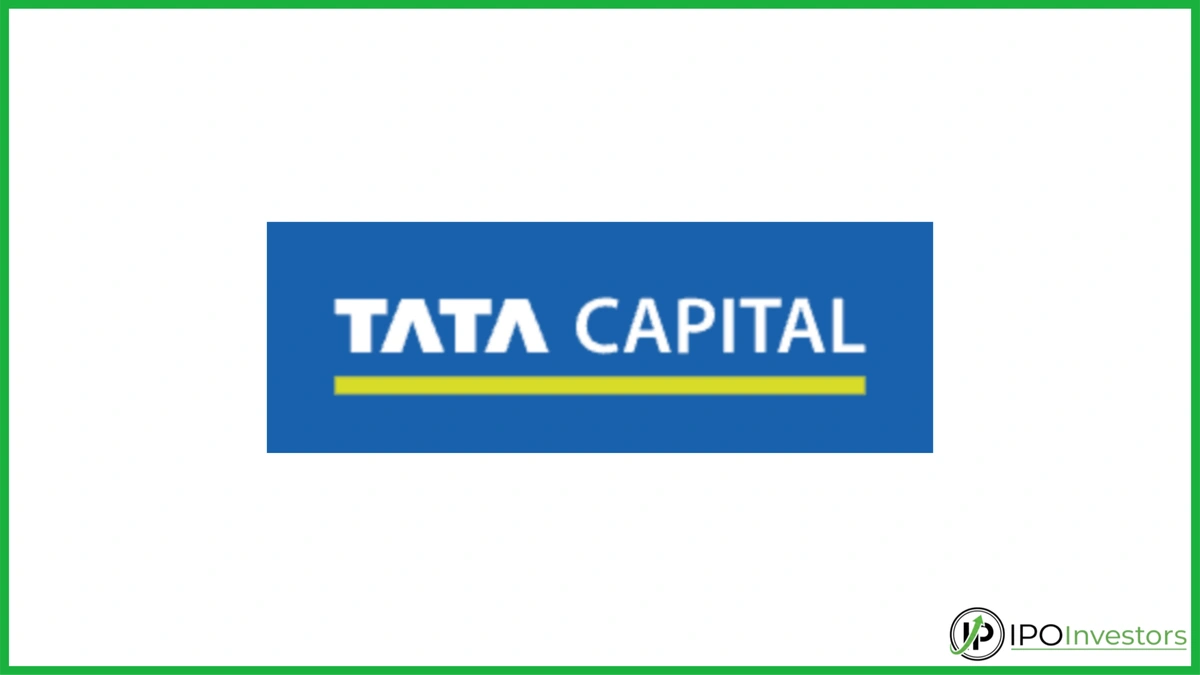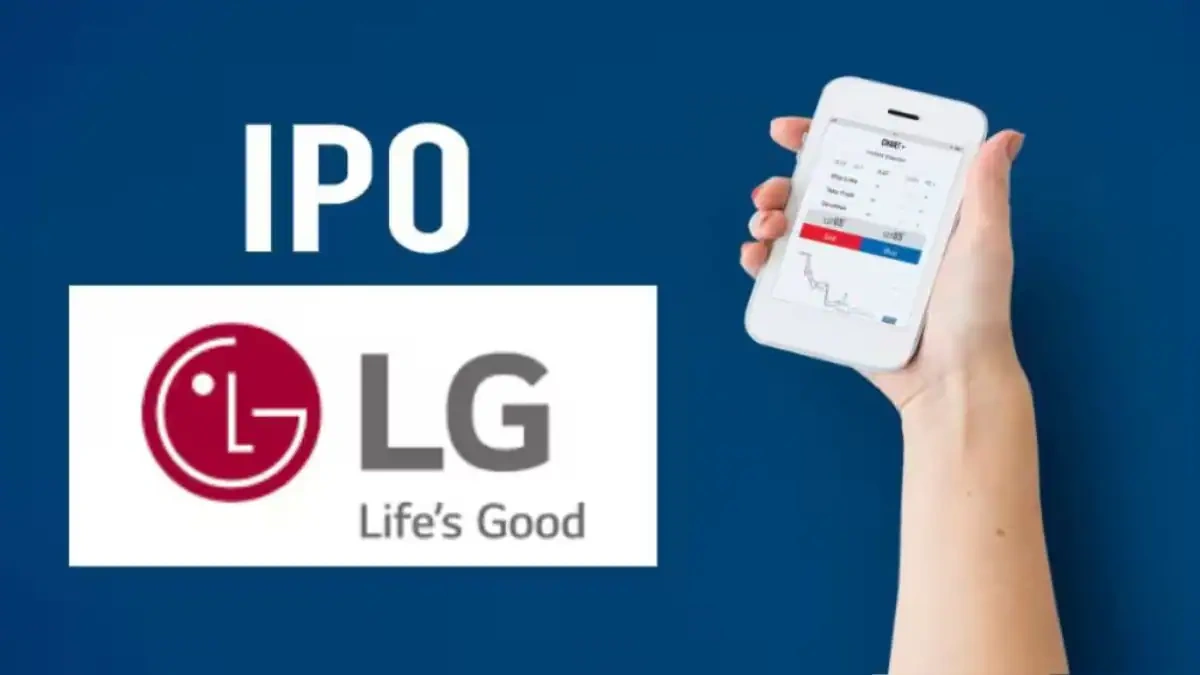Decoding the Repo Rate | Why It Matters to Your Wallet
Okay, let’s talk about something that might sound drier than toast: the repo rate . But, here’s the thing – it has a sneaky way of affecting almost every financial decision you make. From that dream home loan to whether you can finally afford that fancy gadget, the repo rate plays a role. So, grab your chai, and let’s dive into why this seemingly obscure number is actually a big deal, especially for us in India. I initially thought this was straightforward, but then I realized how many people are affected and don’t know it.
What Exactly IS the Repo Rate?
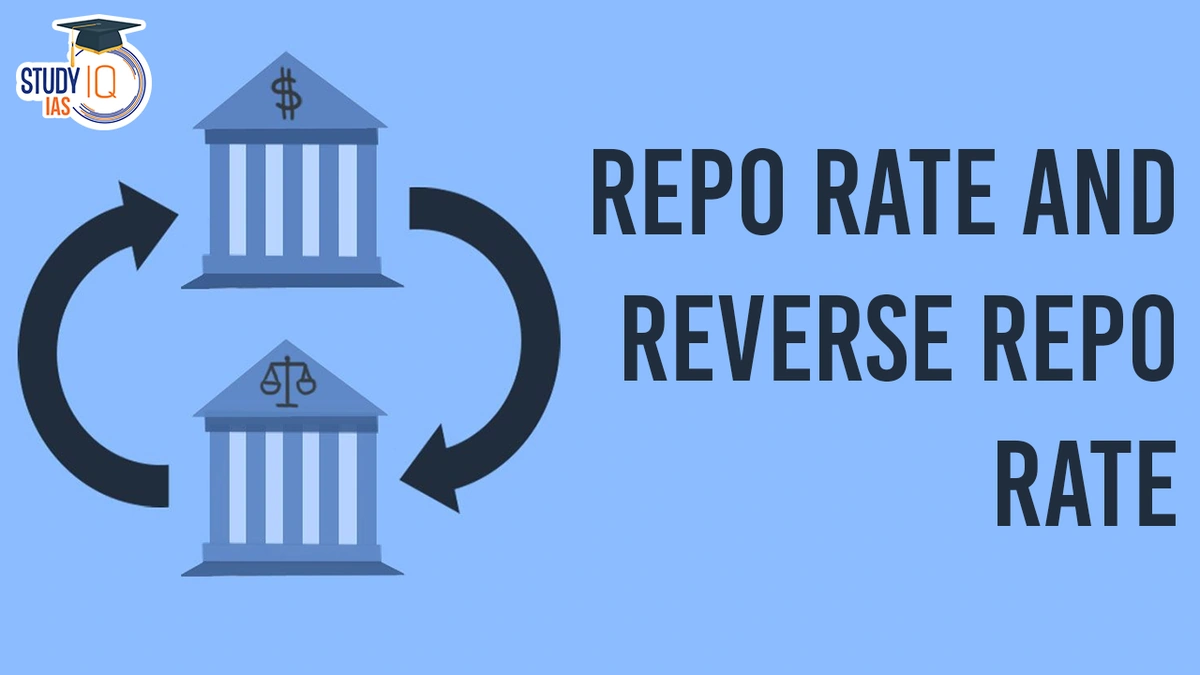
In simple terms, the repo rate is the interest rate at which the Reserve Bank of India (RBI) lends money to commercial banks. Think of it like this: banks need money sometimes, right? To cover shortfalls, meet customer demands, and generally keep things running smoothly. The RBI acts as their lender of last resort. The rate at which the RBI lends this money is the repo rate. If the repo rate goes up, borrowing becomes more expensive for banks. And guess what? They pass that cost on to us, the consumers. The key impact is on monetary policy .
But, and this is a big but, the repo rate isn’t just some random number the RBI pulls out of a hat. It’s a crucial tool they use to manage inflation and control the money supply in the economy. Let me rephrase that for clarity: By tweaking the repo rate, the RBI aims to keep the economy on an even keel, preventing it from overheating (high inflation) or stalling (economic slowdown). You can find more details regarding this on the official RBI website .
The Ripple Effect | How the Repo Rate Impacts You
So, how does this seemingly distant rate affect your daily life? Let’s break it down. The most direct impact is on your loan EMIs. Whether it’s a home loan, car loan, or personal loan, the interest rate you pay is often linked to the repo rate. When the RBI increases the repo rate , banks usually hike their lending rates, making your EMIs more expensive. Conversely, when the RBI cuts the repo rate , your EMIs might come down – a welcome relief!
But it doesn’t stop there. The repo rate also influences deposit rates. Banks typically adjust the interest rates they offer on fixed deposits and savings accounts in response to changes in the repo rate . So, if the repo rate goes up, you might earn a little more on your savings. A common mistake I see people make is only focusing on loan rates and forgetting about deposit rates.
And here’s something that might surprise you: The reverse repo rate , the rate at which banks deposit money with the RBI, also plays a role. It acts as a floor for interest rates in the market. The current RBI policy rates are always available on the RBI website.
Why Does the RBI Keep Changing the Repo Rate? (The “Why” Angle)
This is where things get interesting. The RBI doesn’t just change the repo rate on a whim. They do it based on a careful assessment of the economic situation. The primary goal is to maintain price stability , which basically means keeping inflation under control. According to economic experts, this process often involves using tools to help mitigate risks in the financial sector.
If inflation is high (meaning prices of goods and services are rising rapidly), the RBI might increase the repo rate to make borrowing more expensive. This, in turn, is supposed to cool down demand and bring inflation back to a comfortable level. On the other hand, if the economy is sluggish, the RBI might cut the repo rate to encourage borrowing and investment, thereby stimulating economic activity. It’s a delicate balancing act, and the RBI’s Monetary Policy Committee (MPC) meets regularly to decide on the appropriate course of action.
And it’s not just about domestic factors. Global economic trends, such as changes in interest rates in other countries or fluctuations in oil prices, can also influence the RBI’s decisions. What fascinates me is how interconnected everything is!
Navigating the Repo Rate Landscape | What You Should Do
So, what can you do to make sense of all this and protect your financial interests? First, stay informed. Keep an eye on news about the repo rate and understand how it might affect your loans and investments. Second, compare interest rates across different banks and financial institutions before taking out a loan or making an investment. And third, don’t panic! Interest rates go up and down, it’s part of the economic cycle. Just make sure you’re prepared for potential changes in your EMIs and adjust your budget accordingly.
A common mistake I see people make is not factoring in potential interest rate hikes when planning their finances. Always have a buffer, just in case. Consider the impact of inflation targeting on your financial goals, and consider consulting with a financial advisor.
Check out IPO details here. Remember that understanding the economic climate is essential.
The Future of Repo Rate in India | What to Expect
Predicting the future is always tricky, but here’s what we can expect in the coming months: The RBI will likely continue to closely monitor inflation and economic growth, and adjust the repo rate accordingly. Given the current global economic uncertainties, it’s possible that we might see some volatility in interest rates. But, long term, the RBI’s goal is to maintain a stable and sustainable economic environment. Keep an eye on reports about CRR (Cash Reserve Ratio) and SLR (Statutory Liquidity Ratio) as well; these also impact the overall money supply.
Ultimately, the repo rate is just one piece of the puzzle. But it’s a crucial piece, and understanding it can help you make more informed financial decisions. So, next time you hear about the repo rate in the news, remember this conversation. And remember, you’ve got this! Also, you can find information regarding BSE IPO Allotment here.
FAQ | Repo Rate Explained Simply
What happens if the RBI increases the repo rate?
If the RBI increases the repo rate , borrowing becomes more expensive for banks, leading to higher interest rates on loans for consumers and businesses.
Will my EMI change if the repo rate changes?
Yes, if your loan interest rate is linked to the repo rate , your EMI will likely change when the RBI adjusts the repo rate .
How does the repo rate affect inflation?
The repo rate is used to manage inflation. Increasing it can help cool down demand and lower inflation; decreasing it can stimulate economic activity.
Where can I find the latest information on the repo rate?
You can find the latest information on the repo rate on the RBI website and in financial news reports.
What if I have a fixed-rate loan? Will the repo rate affect me?
No, if you have a fixed-rate loan, changes in the repo rate will not affect your EMI.
Is the repo rate the only factor affecting interest rates?
No, while the repo rate is a significant factor, other things like market conditions and bank policies also affect interest rates.
